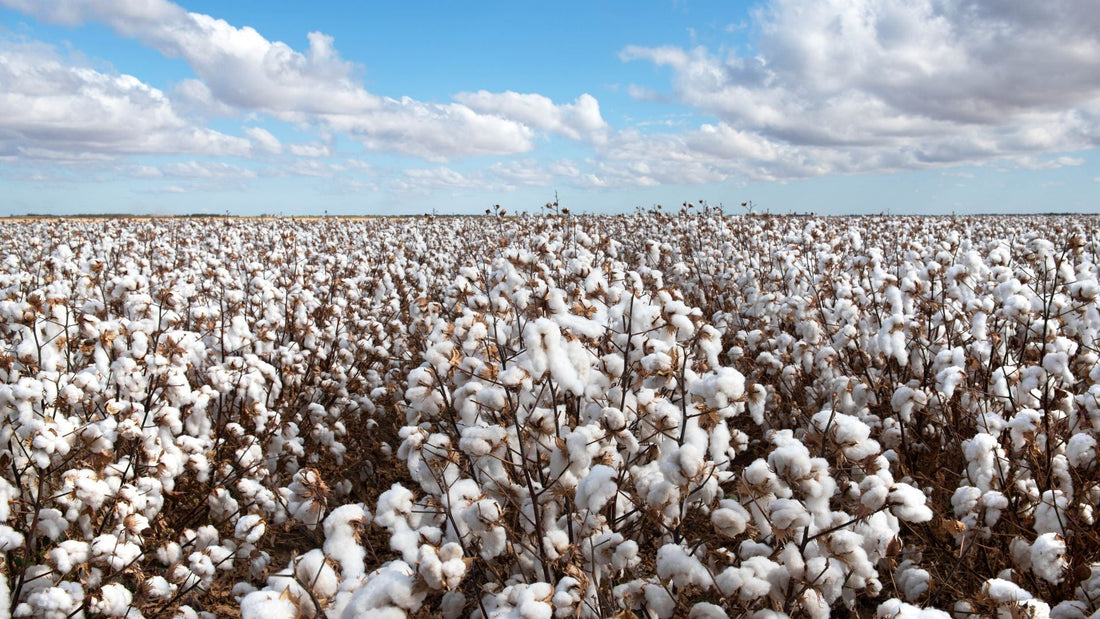The Climate Crisis Behind What We Wear
Climate change is profoundly impacting the fashion industry, disrupting cotton production, destabilizing supply chains, and threatening the livelihoods of millions of workers.
Cotton, a cornerstone of global textiles, is particularly vulnerable to climate variability. Extreme heat, droughts, and erratic rainfall patterns degrade fiber quality affecting length, strength, and uniformity. Regions like Pakistan and India, major cotton producers, have experienced severe climate events such as floods and heatwaves, compromising both crop output and worker safety (Reuters).
These disruptions reverberate through the fashion supply chain. By 2030, climate-related events could jeopardize $65 billion in apparel exports and eliminate nearly one million jobs in key manufacturing countries like Bangladesh, Cambodia, Pakistan, and Vietnam (Business of Fashion). Floods, wildfires, and droughts are increasingly common, causing significant delays and financial losses across the industry (Resilinc).

In response, some fashion companies are investing in regenerative cotton farming, which emphasizes soil health, reduced chemical use, and biodiversity. Initiatives in India have shown promise, with farmers adopting sustainable practices that enhance resilience and reduce emissions (Reuters). Additionally, AI-powered tools are being utilized to map supply chains, predict climate-related disruptions, and optimize logistics (Wired).
As consumers, we also have a role to play. Choosing garments made from organic or recycled materials, supporting brands that prioritize sustainability, and buying less but better can significantly reduce fashion’s environmental impact. Educating ourselves and making mindful choices helps shift demand toward a more responsible, climate-conscious industry.
Ultimately, the fashion industry must evolve. That transformation relies on both bold innovation and conscious consumer choices. At Ayana Active, we’re proud to be part of the solution by designing sustainable activewear using eco-friendly materials and producing everything right here in the USA. This not only reduces supply chain emissions but ensures fair, transparent practices. When you shop with us, you’re supporting a brand that puts sustainability first, every step of the way.



